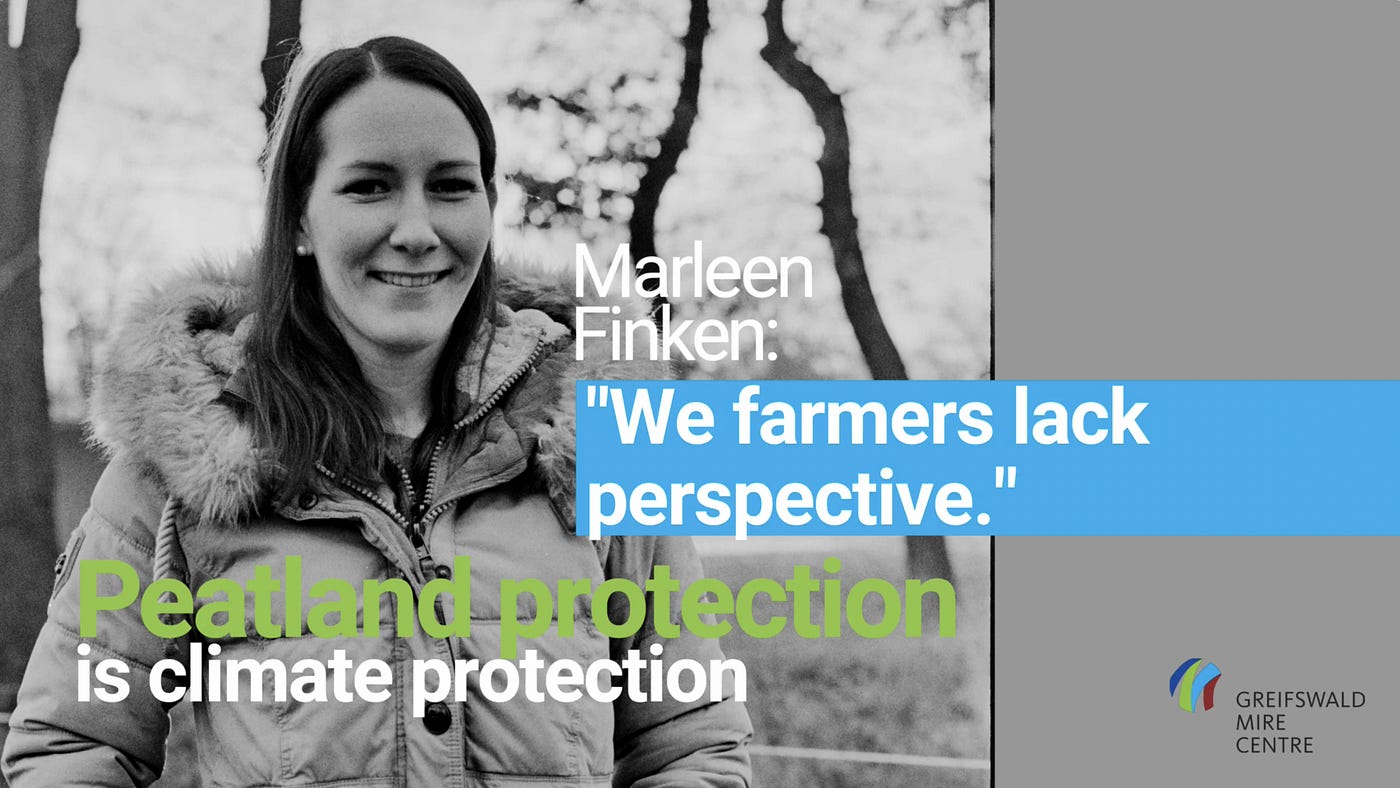Digesting a conservationist’s week
I was heading to Brussels recently. A compelling climate initiative had just wrapped up, and my climate-conscious financier invited a select group to a parting soirée.
I was heading to Brussels recently. A compelling climate initiative had just wrapped up, and my climate-conscious financier invited a select group to a parting soirée. They were transitioning from the peatlands sphere to the aviation industry. It’s a logical shift — aviation’s carbon footprint is even more staggering than that of agriculture in peatland regions. And they have the better greenwashing narrative totally begging to be debunked.
I then went on to Antwerp. The backdrop for the most expansive conference on peatlands to date. I was honoured to moderate a workshop on behalf of Eurosite focused on mobilising private capital for peatland restoration.
So why peatlands? Peatlands have many names. Moor, bog, fen, mire and many more. Yet, they share one daunting similarity: when drained and dried out, they emit uncountable tons of carbon into the air. This age-old agricultural practice of transforming peatlands into cultivable terrain is no longer tenable. And then, there are the turf cutters that cut peat for heating fuel or horticultural soil because dry peat is an excellent waterkeeper. All of that must stop.
Theoretically, it’s a straightforward fix: rewet the dry peatlands to halt their greenhouse gas emissions, primarily by raising the water table. But that is bad for agriculture. And that’s the grinding showstopper because agriculture is one of the strongest lobbied sectors.

On top of that, essential policies sing in tune with the farmer unions, subsidising drainage and thus harming the climate. That must change swiftly. Only how?
The tactical route? Aggressive advocacy and lobbying to champion peatland rewetting. Show success stories. Engage the financial and business sectors; they hold the policymakers’ ears. Equally important: present a viable economic framework for landowners and farmers — typically the same individuals — to profit from their wetlands through paludiculture (farming on wet peatlands).
All this is within reach. Only we don’t have time to untangle this in the usual glacial pace of change. And that’s why I believe the private sector (read capitalism) must enter the scene quickly.
The carrot? Voluntary carbon credits, or perhaps blue water credits, or even speculative biodiversity credits catering to corporate ESG scope three requirements. For example, NABU’s partnership with retailer REWE, which injects over 25 million euros into peatland restoration to tell their climate and environmental commitment to customers in their stores.
And let’s not forget public sector involvement. Germany has earmarked over a billion euros for peatland rewetting, quite a commitment, albeit with (yet) undefined timelines and strategies. Once more, to pull that off, the private sector is needed.
I’ll keep you posted.




Why does the private sector always need a carrot to do something for the greater good? Their profits have been based on externalizing environmental and social costs for centuries. And we as a society carry the heavy burden of inequality and a degraded environment. It simply has to stop (you see I'm dreaming...).
Great insights. Thank you for This perspective